Growing sugar crystals is a great experiment for kids as you can observe the results over a few days and watch how the crystals form on lolly sticks. Who doesn't love science you can eat?
To make it even more fun experiment with different colours and flavours. How about peppermint for Christmas?
If you're looking for an edible experiment that doesn't take quite as long as the sugar crystals try one of our easy candy science experiments.
How to grow sugar crystals
What you need:
3 cups of caster sugar
1 cup of water
A lolly stick
A jar or bowl
Fork
Some sparkles and/or food colouring( optional )
Sugar Crystal Instructions
Place the sugar and water into a pan and heat whilst stirring until the sugar has dissolved ( ask a grown up to help with this part ). Leave the mixture to cool for about 15 minutes. Add a few drops of food colouring or edible sparkles if you want, but this is completely optional.
Take care as the mixture may still be very hot
Pour the solution into a glass jar and suspend the lolly stick in the sugar solution, we used a fork to hold it in place. Don’t let the stick touch the bottom or sides of the jar.
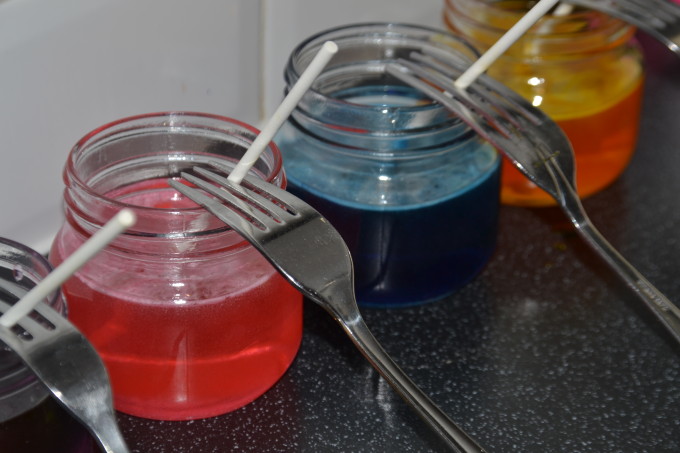
You should see crystals start to form after a few days.
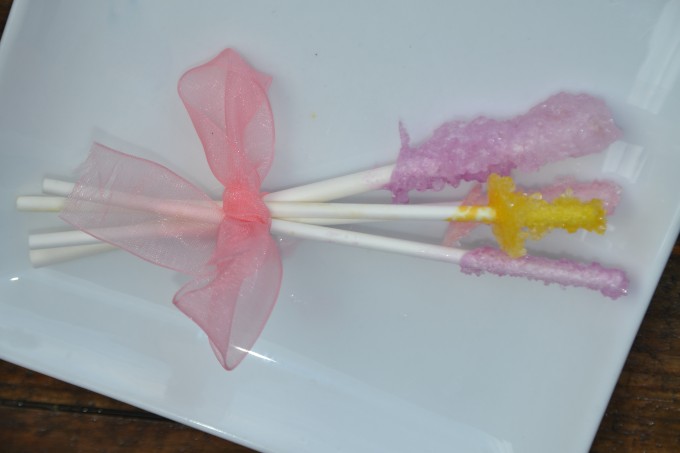
Why do sugar crystals form?
A crystal is a solid material with a naturally geometrically regular form. Some take millions of years to form, such as diamonds. The crystals we made above take just a few days.
Most minerals dissolved in water will form crystals given enough time and space. The shape of the crystal formed depends on the mineral’s molecule shape.
In the case of our sugar crystals there are two processes at work.
Evaporation – the water evaporates slowly meaning the solution becomes more saturated, so the sugar molecules come out of solution and collect on the string/wire or stick.
Precipitation – the solution we made was very concentrated which means there was too much solute ( the sugar ) to remain dissolved in the water, therefore it starts to precipitate.
Quick summary - How to make sugar crystals
The sugar crystals form because the water and sugar mixture is supersaturated. This means it contains more sugar than can be dissolved in the amount of water. Imagine lots of tiny sugar molecules moving around the water bumping into each other and sticking to each other. The sugar molecules stick to the lolly stick and pull other sugar molecules towards them.
Top tip for making sugar crystals
If your crystals don't grow very well, try seeding the lolly stick first by putting some sugar on the end, this will give the crystals something to stick to.
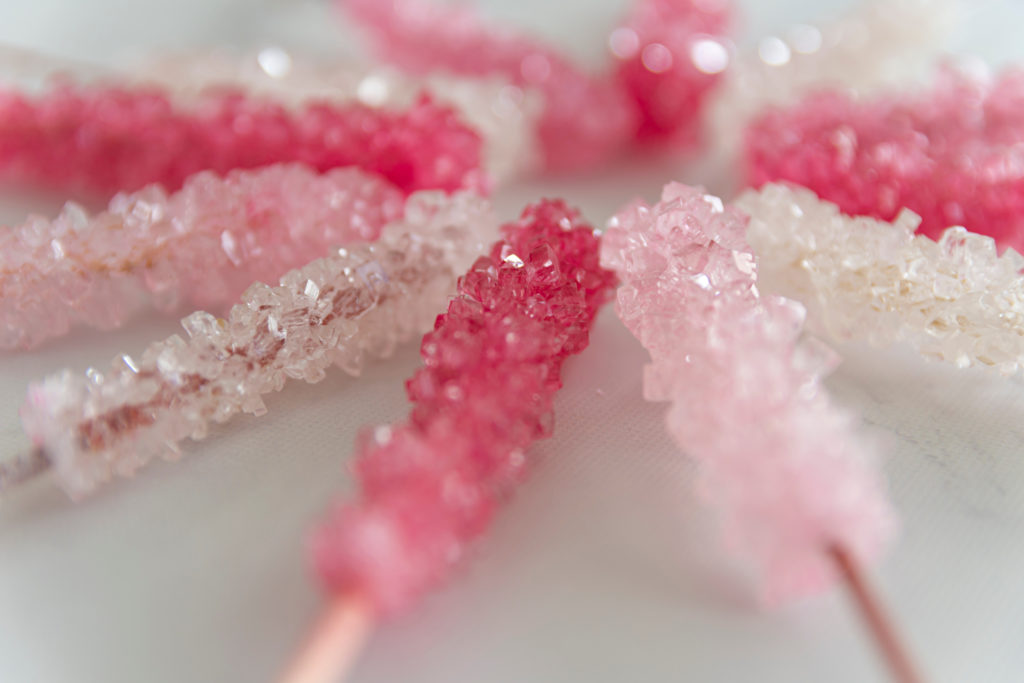
More edible science for kids
Here at Science Sparks we love edible experiments! How many of these have you tried?
If you liked this, you'll love my new book Snackable Science which contains 60 exciting edible experiments for kids!
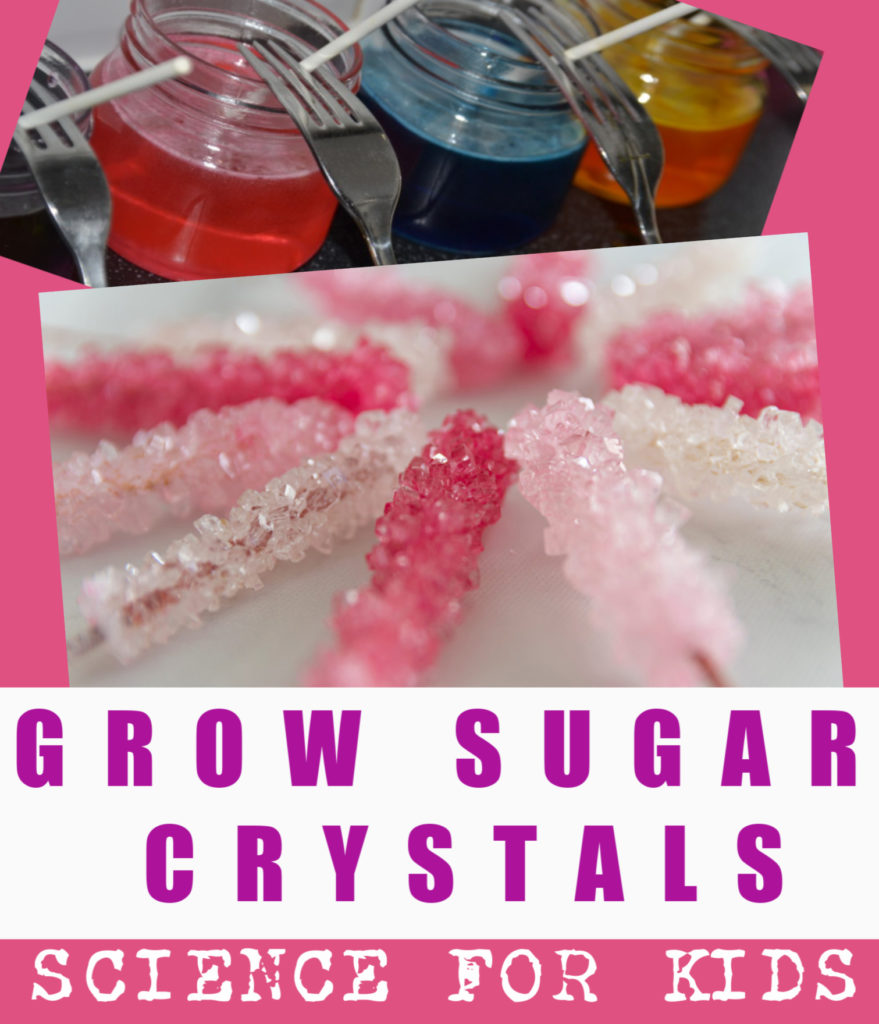
Last Updated on October 19, 2020 by Emma Vanstone
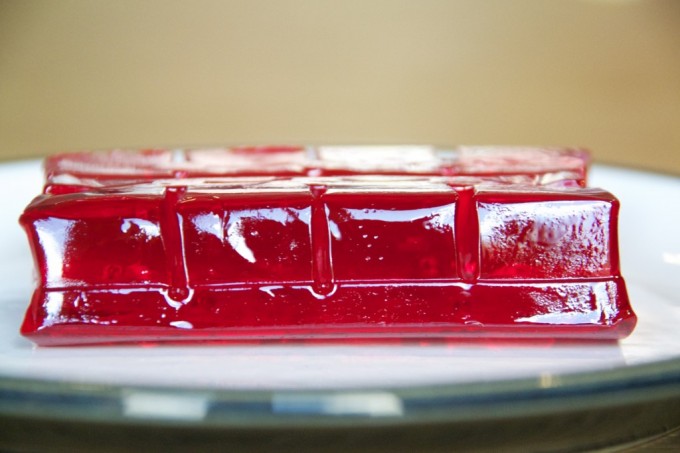
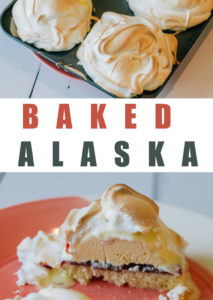
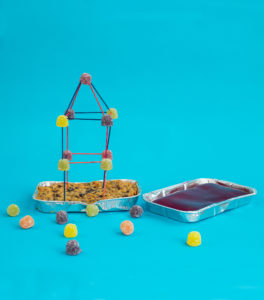
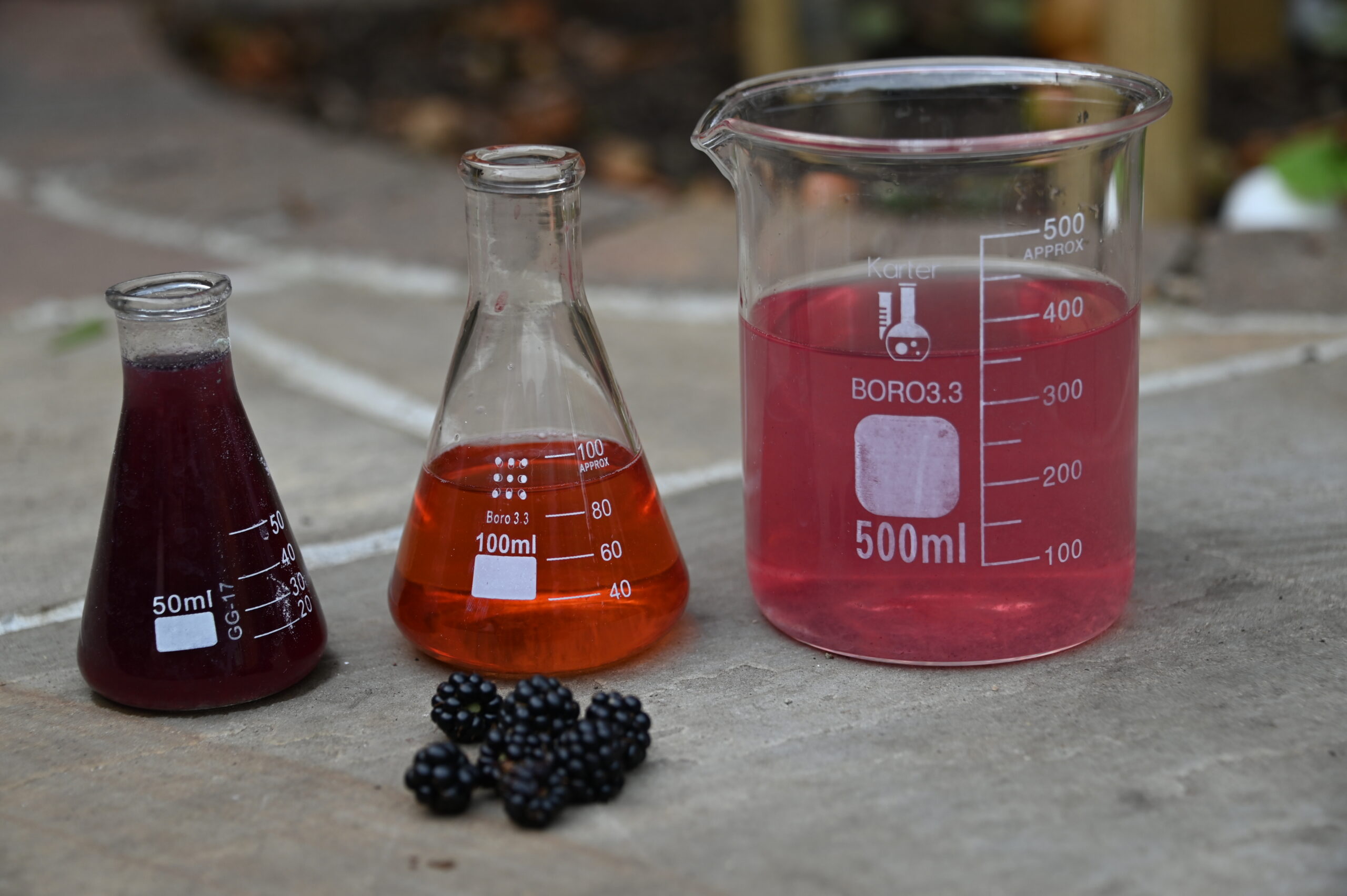
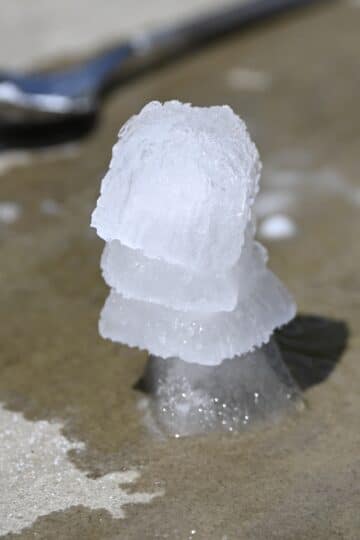
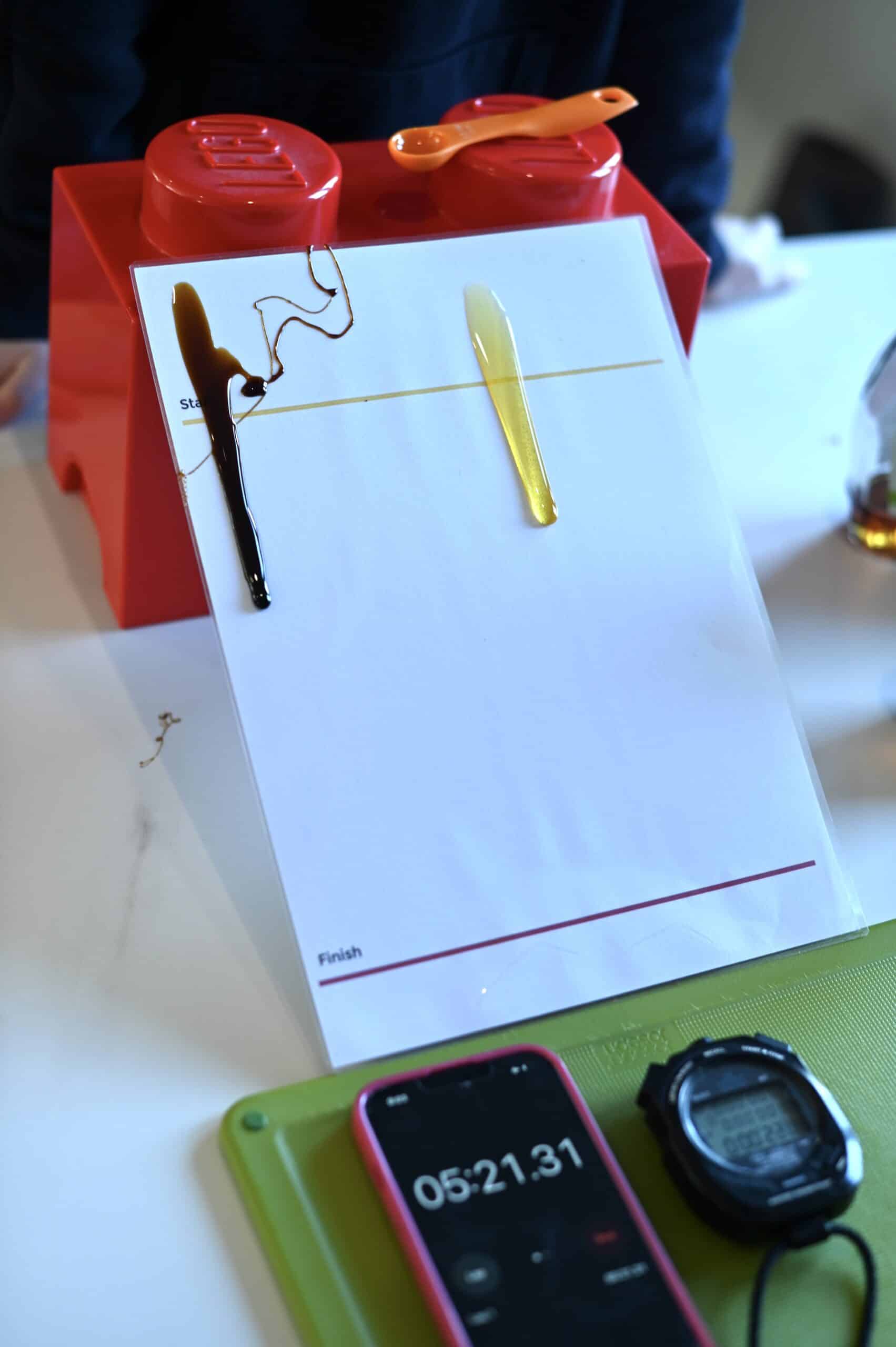
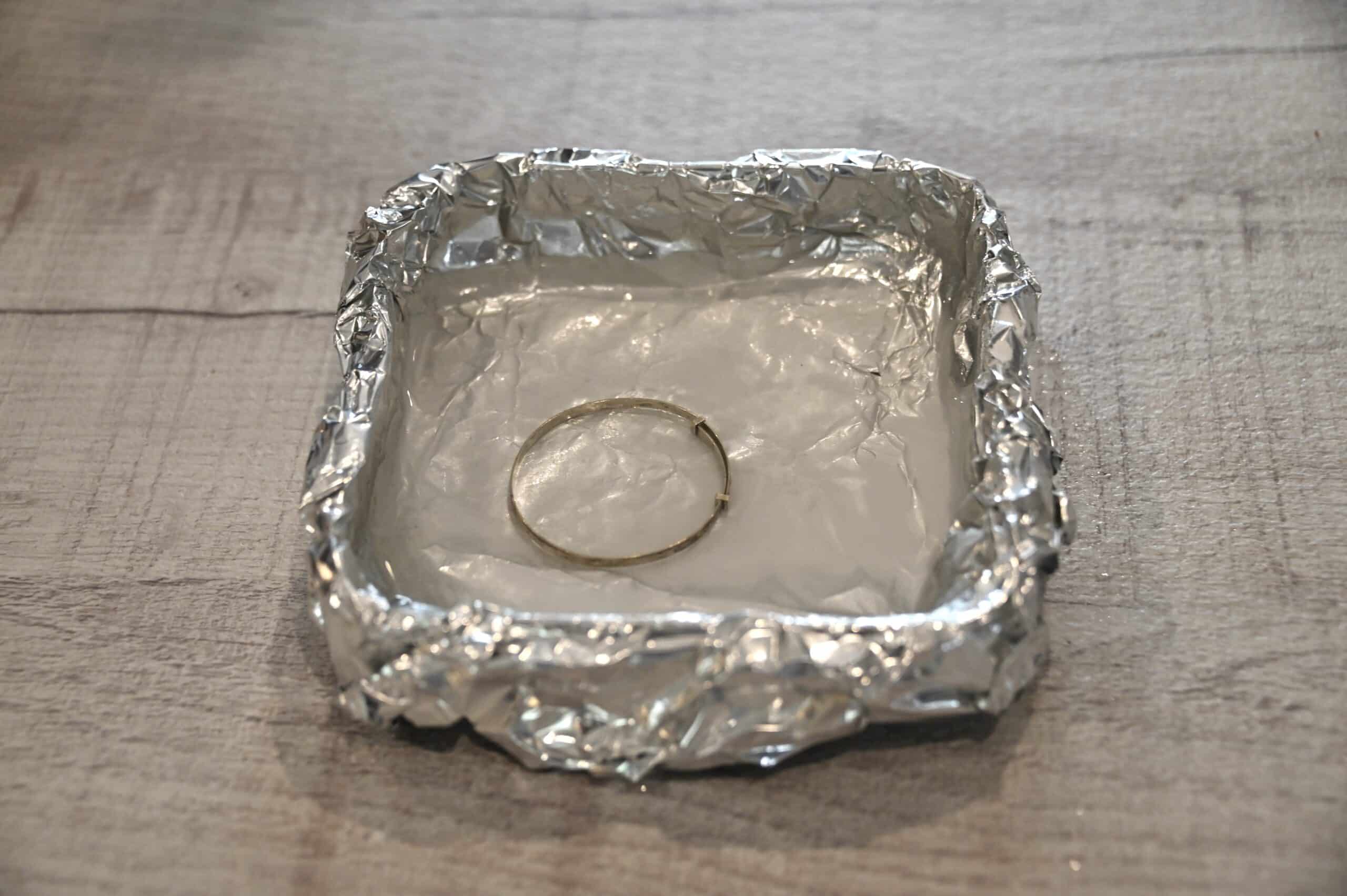
Leave a Reply